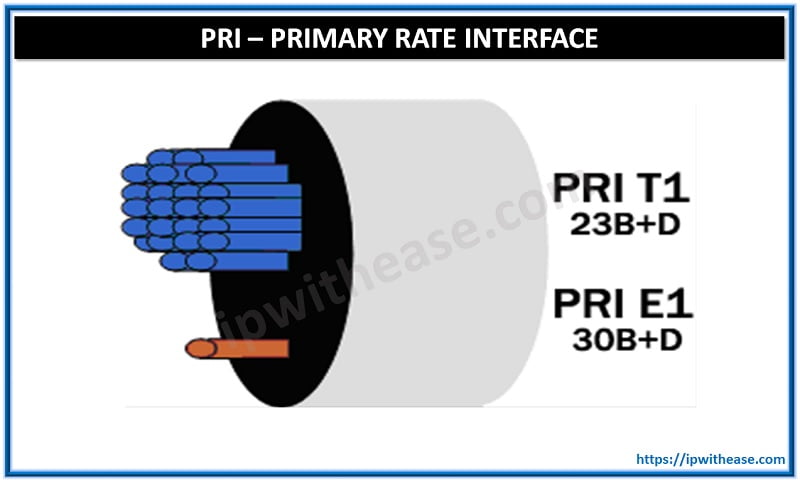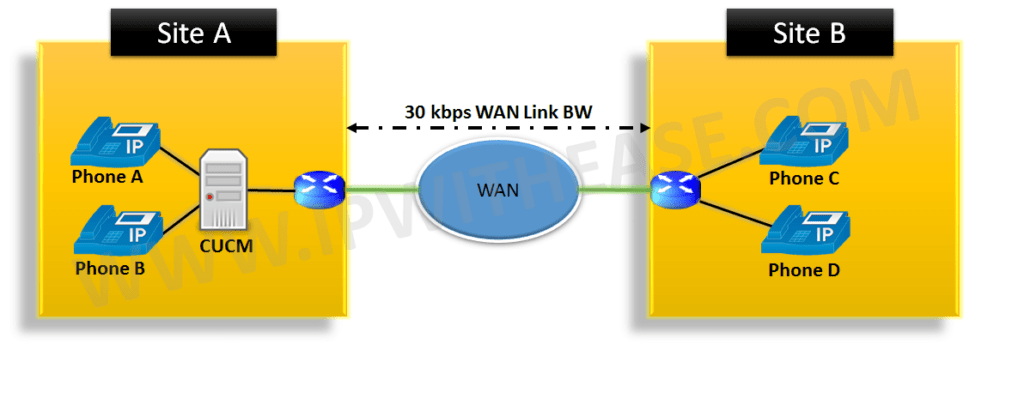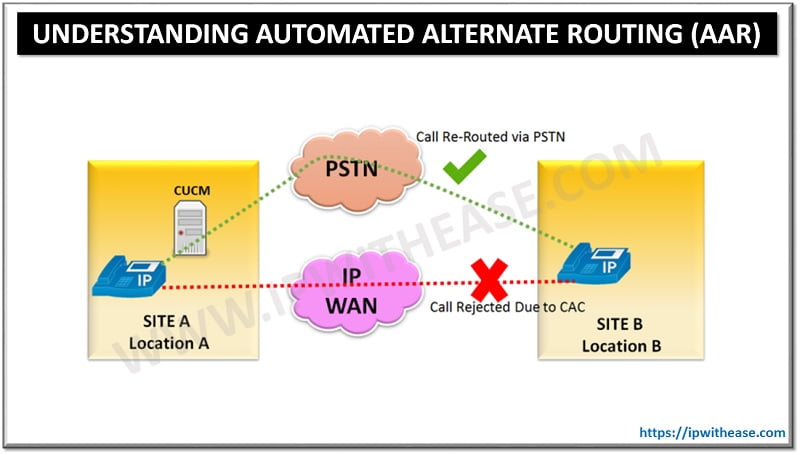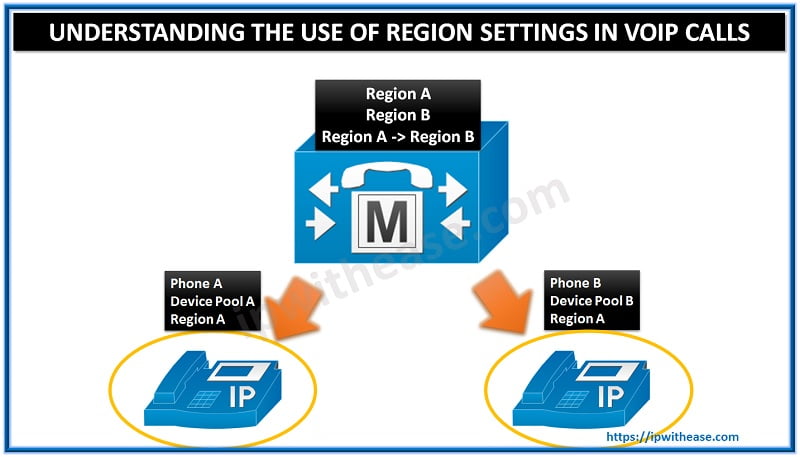 PRI stands for Primary Rate Interface. PRI is an industry standard based for transporting multiple voice and data streams between a user and network. PRI is part of ISDN technology (Integrated Services Digital Network) and implemented on E1 & T1 lines. PRI is the standard for delivering telecom services to business locations.
PRI stands for Primary Rate Interface. PRI is an industry standard based for transporting multiple voice and data streams between a user and network. PRI is part of ISDN technology (Integrated Services Digital Network) and implemented on E1 & T1 lines. PRI is the standard for delivering telecom services to business locations.
On E1 lines operating at 2048 Kbps, 30 channels of E1 are used as B-channels (Bearer channels) and 2 channels are used as D-channels (for control and signaling). Hence, the frame structure of an E1 PRI connection is said to be 30B+2D where the 2 D-channels are on timeslots 0 and 16 and the remaining channels are used as B-channels (B channels may be used for Voice or Data traffic). The timeslot assignment of channels is –
Channel 0 – D-channel (Used mainly for clocking and synchronisation)
Channel 1-15 – B-channel (Voice)
Channel 16 – D-channel (Signalling)
Channel 17-31 – B-channel (Voice)
On T1 lines operating at 1.544 Mbps, PRI provides 23 B channels (for user data and voice) and 1 D channel (for control and signalling). Hence, the frame structure of a T1 PRI connection is said to be 23B+D where the D-channels is on timeslot 23 and the remaining channels are used as B-channels (B channels may be used for Voice or Data traffic).
To summarize :
- PRI system is an end-to-end digital circuit which enables the delivery of 30 or 23 calls simultaneously.
- There are number of D-channels and B-channels which are responsible for data transfer, video conferencing, voice calling along with other controlling and signaling information.
- PRI line consists of 23/30 B-channels and D-channels over T1/E1 lines.
- T1 PRI standard is popular in America.
- E1 PRI standard is popular in India and European countries.
- PRI uses Q.931 protocol over D-channel.
Benefits of PRI Line:
- No need to have dedicated auto-attendant to address every call. As the service provider of the PRI system provides around nearly 500 numbers for each extension, any outsider can call the extension directly.
- Each extension can have own number which helps caller ID is another vital benefit. Every extension has its own number and that is shown while they are calling to.
- Call hunting is simpler. This may incur additional cost for that.
- Voice and data access is possible with PRI line.
- PRI line is always digital as compared to analog lines which is better technology due to high reliability and ease of maintenance.
- PRI being a digital line, it’s not possible to tap a digital line which gives it more security.
- PRI provides data, fax, video conferencing, etc. facilities which can be simultaneously performed.
- CAPEX and Opex for terminating a PRI line is much lower compared to Analog Lines (considering 30/23 channels of PRI vs 30/23 analog lines)
- PRI management and termination is simpler than analog lines. For eg – 1 slot to terminate PRI line as compared to 30 slots/ports to terminate analog lines.
- PRI lines take lesser time to establish calls then analog trunk lines
ABOUT THE AUTHOR

You can learn more about her on her linkedin profile – Rashmi Bhardwaj



